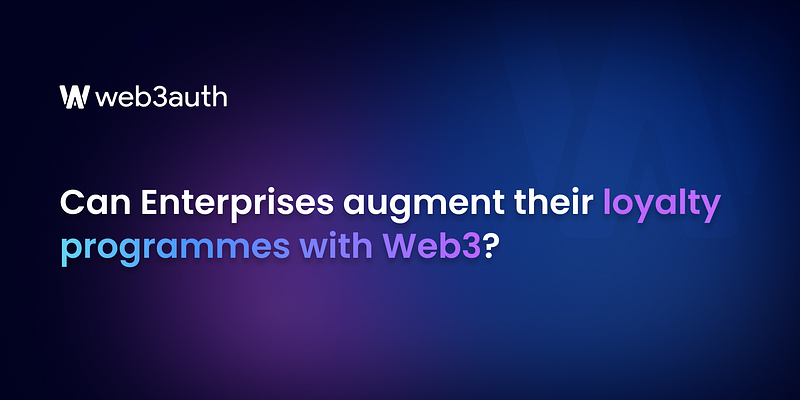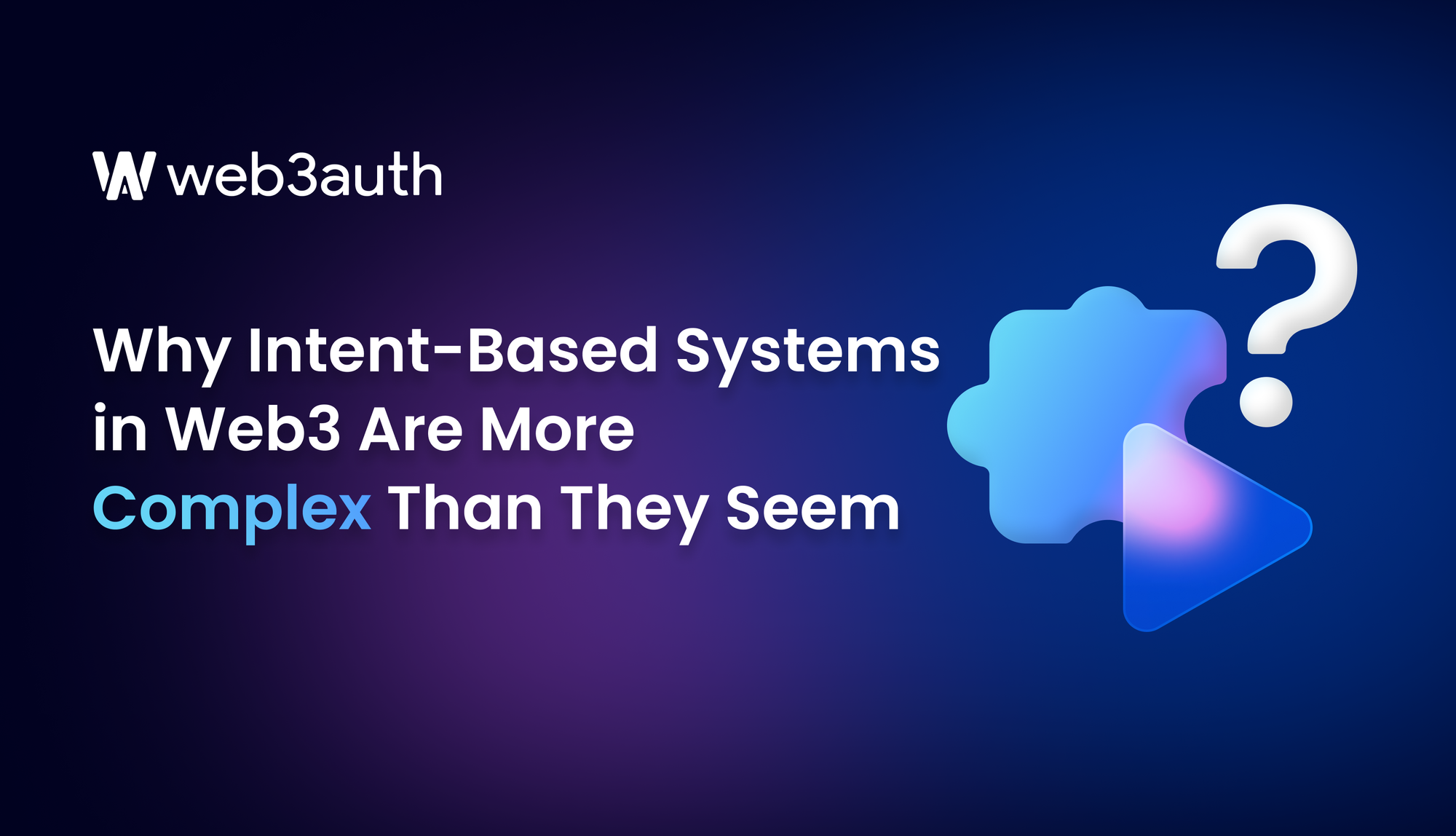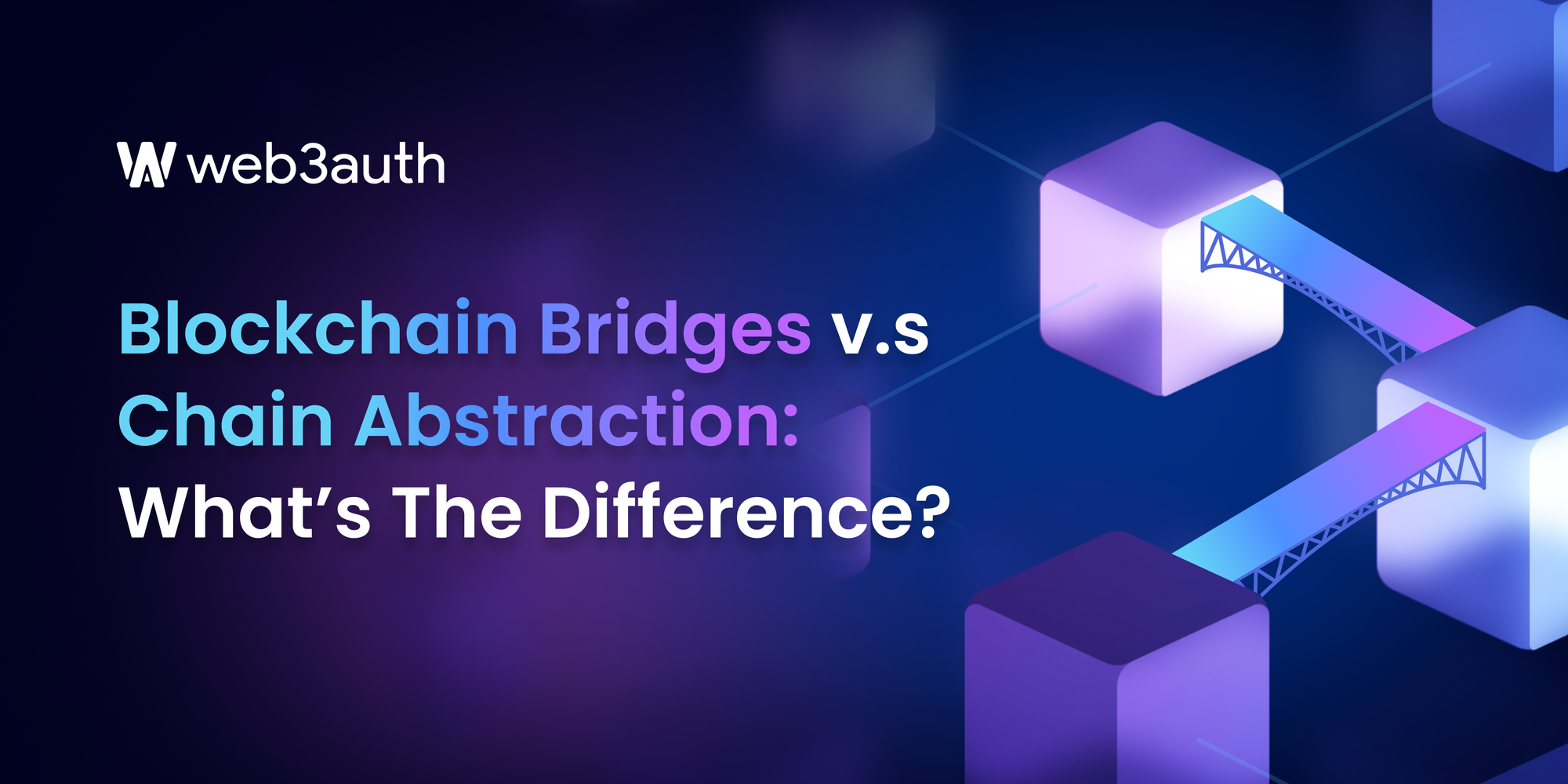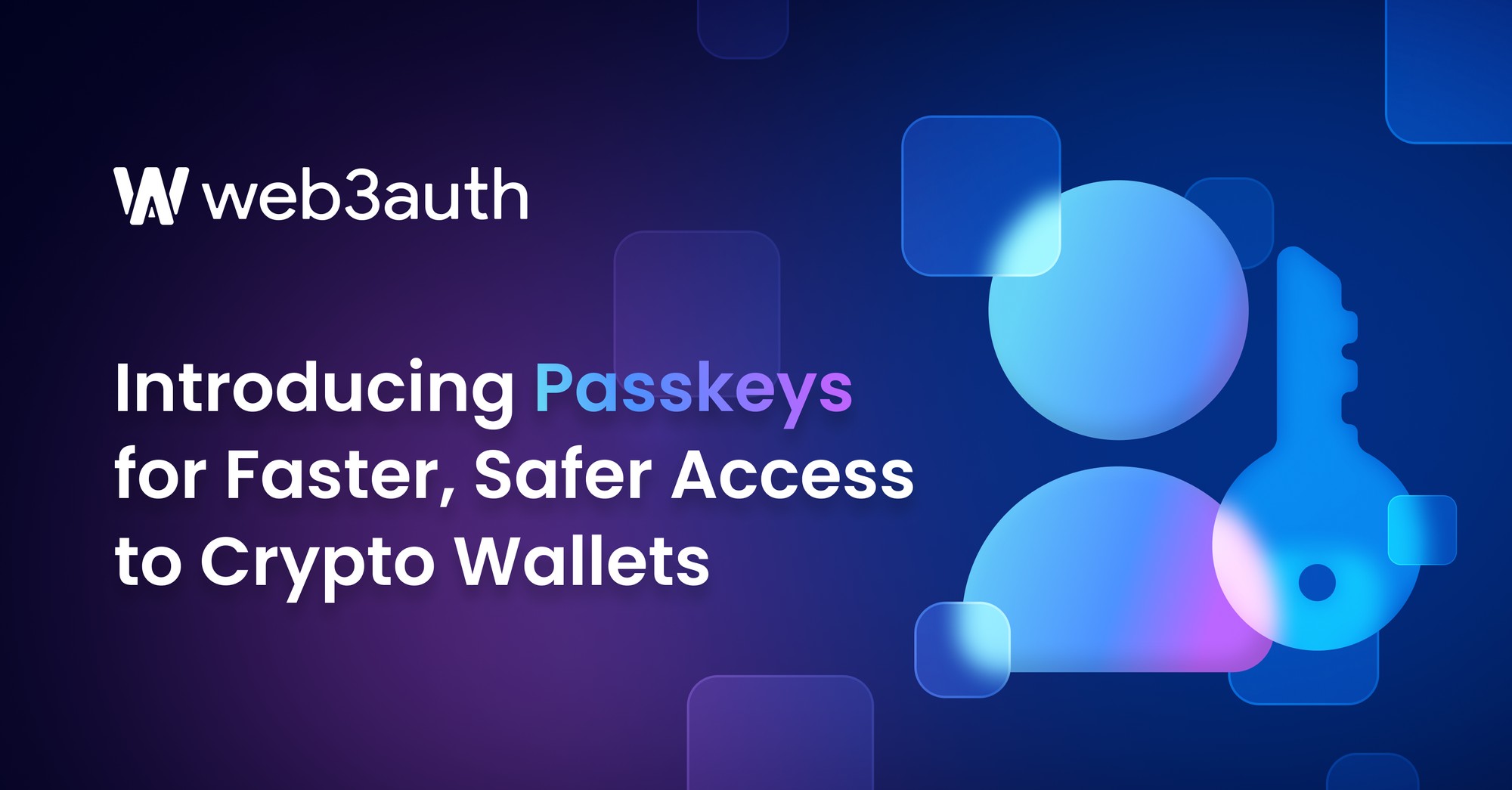On this page
Call it terrific branding over decades, or celebrating global athletes, Nike is one brand that has managed to muster up a strong and loyal customer base.
While one may attribute it to the feeling of ‘uniqueness’ while wearing the shoes or the athleisure, Nike has also managed to move its business a notch up by venturing into Web3 and releasing non-fungible tokens (NFTs) of its sneakers through its .Swoosh Web3 platform. The .Swoosh Web3 community by Nike, has collaborated with popular multiplayer game Fortnite, to clock as many as 240 million users logged into Fortnite in only 30 days.
This was a tremendous success, and practically a Nike masterclass in digital innovation. It goes to show the massive opportunity and potential for sporting brands to captivate fans with an immersive user experience while also presenting digital collectibles.
However, this was not the standalone success for loyalty programs in Web3.
- In April last year, Nike launched its inaugural line of digital sneakers and called them Cryptokicks. This collection featured a total of 20,000 NFTs, among which, a design crafted by renowned artist Takashi Murakami, was sold for a mammoth $134,000.
- Last month, Etihad Airways launched a ‘Horizon Club’ Web3 Loyalty program to let its flyers trade non-fungible tokens (NFTs) in exchange for miles.
- Starbucks Odyssey was one such tremendous success in the recent past. The loyalty program sold 2,000 NFTs in only 20 minutes.
Loyalty programs directly equate to identity and status, besides the flex that comes with flying around the world, visiting fancy eateries, or ordering delightful coffee. Web3 helps users carry all of it.
Alliances that are affiliated with loyalty programs, like that of airline miles and points, are furthermore accessible and compatible with the very interoperable nature of Web3.
Identity breeds loyalty which in turn breeds revenue, only until it becomes recurring revenue. The idea is to transfer true ownership of digital assets to the end-users and entice them with better attractions to keep them returning for more.
How large Web2 brands can leverage the potential of Web3
Whilst this use case is not unique to Nike, many enterprises in control of large brands and intellectual properties can mutually benefit from connecting directly with their actual audiences. Having said that, the market for non-fungible tokens started rocky with rug pulls and scams.
There was an instance when Nike once announced a sale of its limited edition shoes and a large number of these sales were made up only by botting scalpers (internet bots). In cases like these, the number amounts to about 10% to 50% of the overall ballet entries. CNBC reported about the trend earlier this year.
It so happened that the actual customers would end up buying the shoes from the bot scalpers, within the resale market, at 5 times the original price. Nike neither clocks any of the profits earned by the bot scalpers, nor has any direct visibility of the end customers who would end up owning these shoes.
But all is not so grim. One potential solution is to add an additional user verification and authentication layer on top of the bidding process to establish stricter controls around account setups, and with Web3Auth, this can be done concurrently with a Web3 wallet setup.
“Enterprises can still utilize Web3 technology and clear the noise for consumers.”
Once the user has established their Web3 wallet, Nike could attribute NFTs to each physical shoe and build a loyalty program to reward the actual shoe owners. This would allow fairer ballots against the bot competitors. At the same time, this NFT linkage would also help identify loyal customers and introduce milestone reward spending to maximize the lifetime value of each user based on his or her unique preferences.
With a fully and truly built-up Web3 ecosystem, users could potentially interoperate across different products or brands under the same corporate umbrella. Customer loyalty programmes like this are a huge incentive for enterprises to build out their own Web3 ecosystems and directly connect with their user base.
Web3Auth has built its Wallet-as-a-Service (WaaS) infrastructure to help enterprises do just that. Blockchain-based wallets are the starting point for any Web3 interaction that the user initiates, it is where they identify themselves, store digital currencies, and NFTs. Their digital collections could be used as a reputation score to gain access to gated events reserved only for the most loyal customers.
Read more: How Web3Auth’s Two-Factor Wallet infra empowered The Masked Singer Experience onboarding experience
How Web3Auth empowers enterprises to embrace Web3
For example, McDonald’s dropped its Grimace NFT last month. Using Web3Auth, McDonald’s empowered scores of its Web2-native end-users to generate non-custodial wallets within the McDonald’s mobile app, without involving any seedphrases. By doing so, McDonald’s was able to truly own its brand throughout the user journey — from the wallet creation process to the NFT minting stage.
The best part of it was that all of it happened within the McDonald’s mobile app, and it was made to look like it had nothing to do with a typical Web3 user interface.
South Korea-based SK Planet launched its decentralized Web3 Wallet UPTN Station, to enable its users to collect reward tokens and NFTs. Using its popular customer rewards program OK Cashbag, SK Planet launched an NFT membership programme called ‘Road to Rich’. OK Cashbag now has a Web3 presence in NFTs, thanks to SK Planet’s integration with Web3Auth and a subsequent formation of an end-to-end Web3 wallet stack. Scores of Web2 users have downloaded the UPTN station wallet to be able to enjoy the NFT programme.
To date, Web3Auth has worked with enterprises like Fox.com, NBC Universal, SK Planet, McDonald’s, Intella X, and Animoca Brands to build out the user wallet interface for its end users. The fully white-labeled wallet suite allowed these enterprises to take ownership of the entire platform design and theme, including the starting point where users take their first step in signing up for a wallet.
Web3Auth takes advantage of any Auth2.0 verifiers, even custom user account management systems, and links a non-custodial blockchain wallet to that. As such, users would not need to go through the hassle of registering for a new account, but can use their existing accounts to get started on Web3 platforms.
Today, Web3Auth’s SDKs effectively allow enterprises and large conglomerates to fully own the user experience in Web3 — right from the wallet creation stage. Using the same, enterprises can take a convenient advantage of Web3 benefits, without having to make the application feel like it’s in Web3 at all. A Web3Auth integration, above all, also abstracts away the typical friction points or barriers to entry in Web3 — such as gas fees, token purchases, seed phrase generation, among others.
If you are building a Wallet or a dApp and you are looking to onboard the next billion users on to Web3, sign up here to try out our SDKs.
Read more: Announcing our partnership with Trust Wallet to offer the simplest Web3 onboarding ever
Frequently asked questions (FAQs)
What are Web3 loyalty programs?
Web3 loyalty programs harness the power of decentralized systems like blockchain and smart contracts, to introduce a novel rewards program for users. Essentially, these programs merge the foundational concepts of blockchain with the dynamics of classic Web2-based loyalty schemes. The idea is to create a rewards system that is more transparent, secure and tailored to the user’s needs. In the recent past, several large-scale Web2 enterprises have embraces this trend, to attract and retain audiences like Starbucks, McDonald’s, Nike, Etihad Airways, among others.
What is Wallet-as-a-Service (WaaS)?
Wallet-as-a-Service (WaaS) refers to a highly secure and scalable infrastructure solution for Web3 applications that enables users, developers, and enterprises to create, manage and use digital wallets in a hosted environment. The digital wallets are used for storing, transacting, and managing digital assets like cryptocurrencies, tokens, and non-fungible tokens (NFTs). By using Wallet-as-a-Service (WaaS), businesses can integrate Web3 wallet functionalities into their operations without the need to build and maintain their own wallet infrastructure. This is especially beneficial for businesses looking to adopt Web3 wallets and blockchain technology but lack the technical expertise or resources to develop a secure and functional Web3 wallet from scratch.









